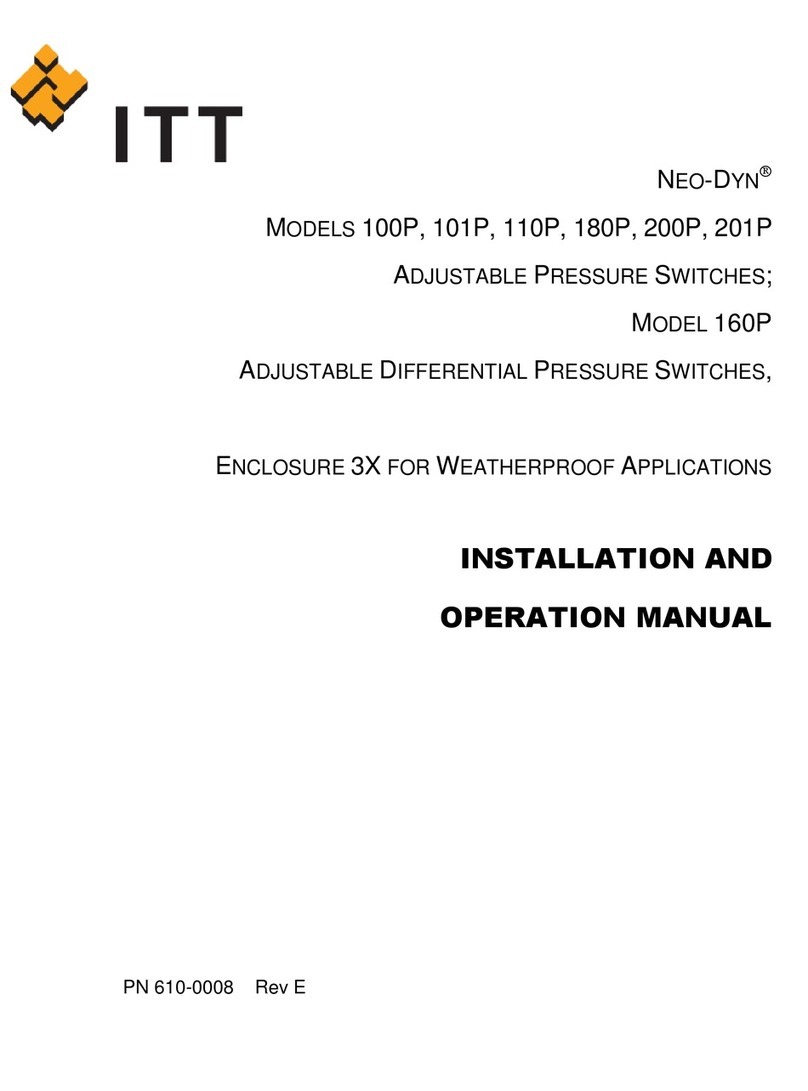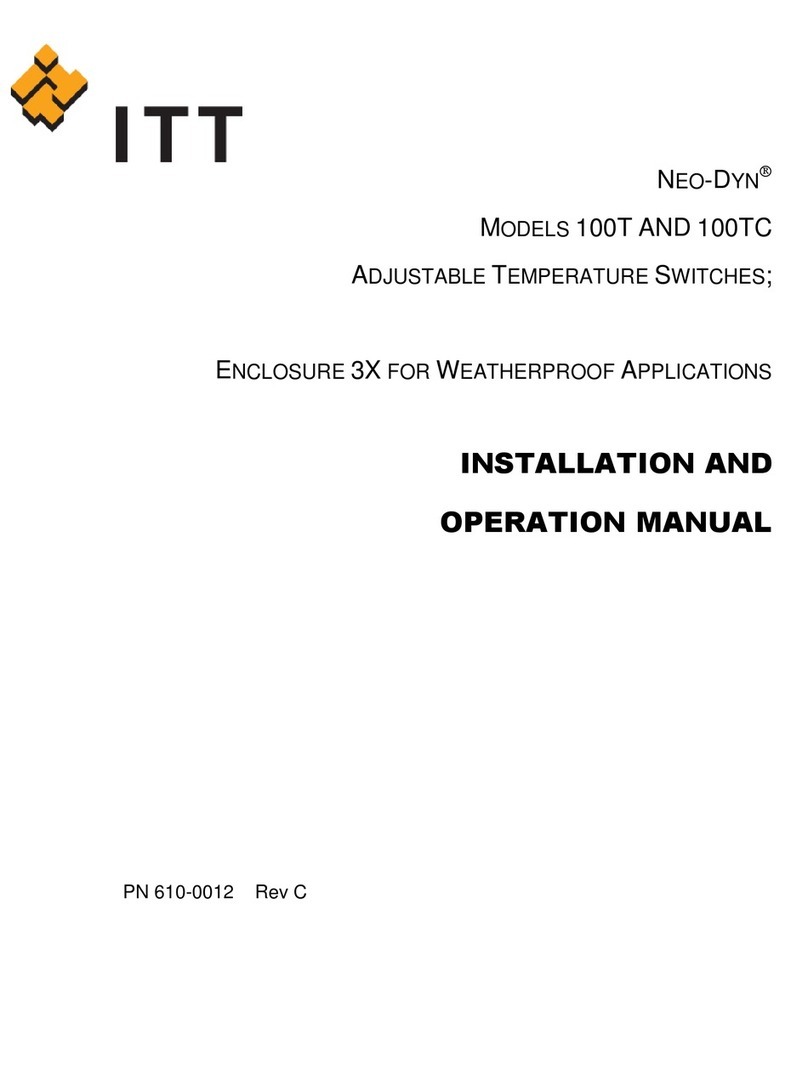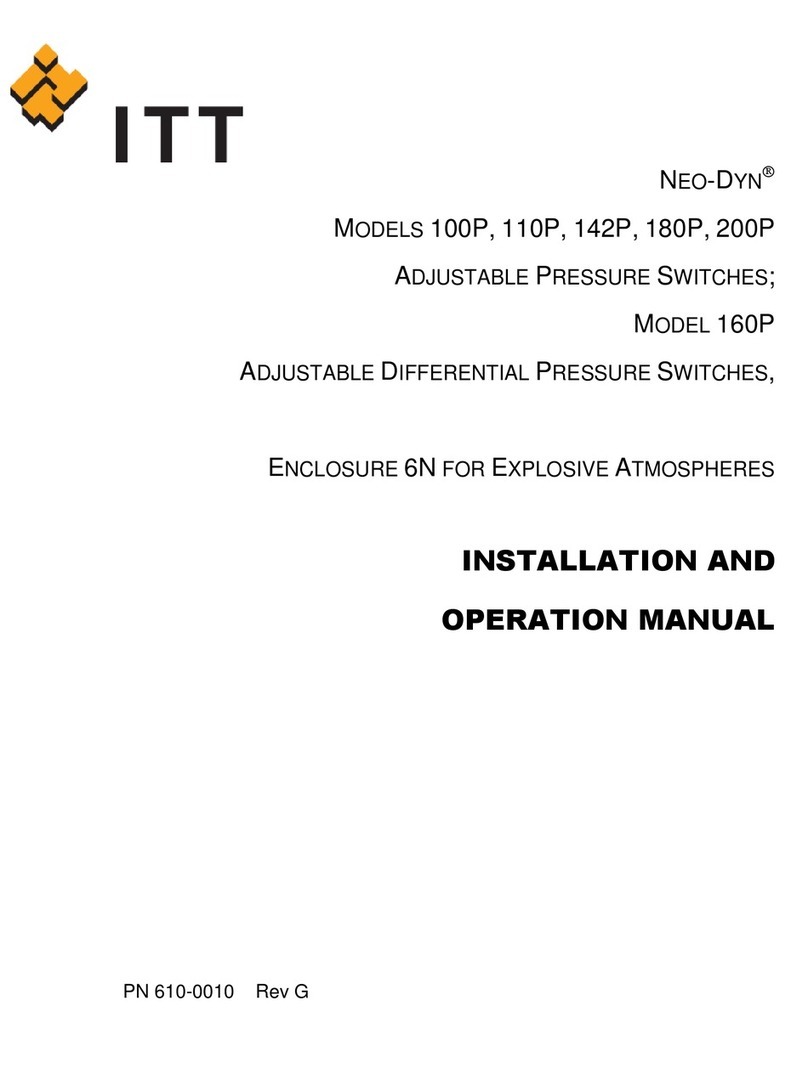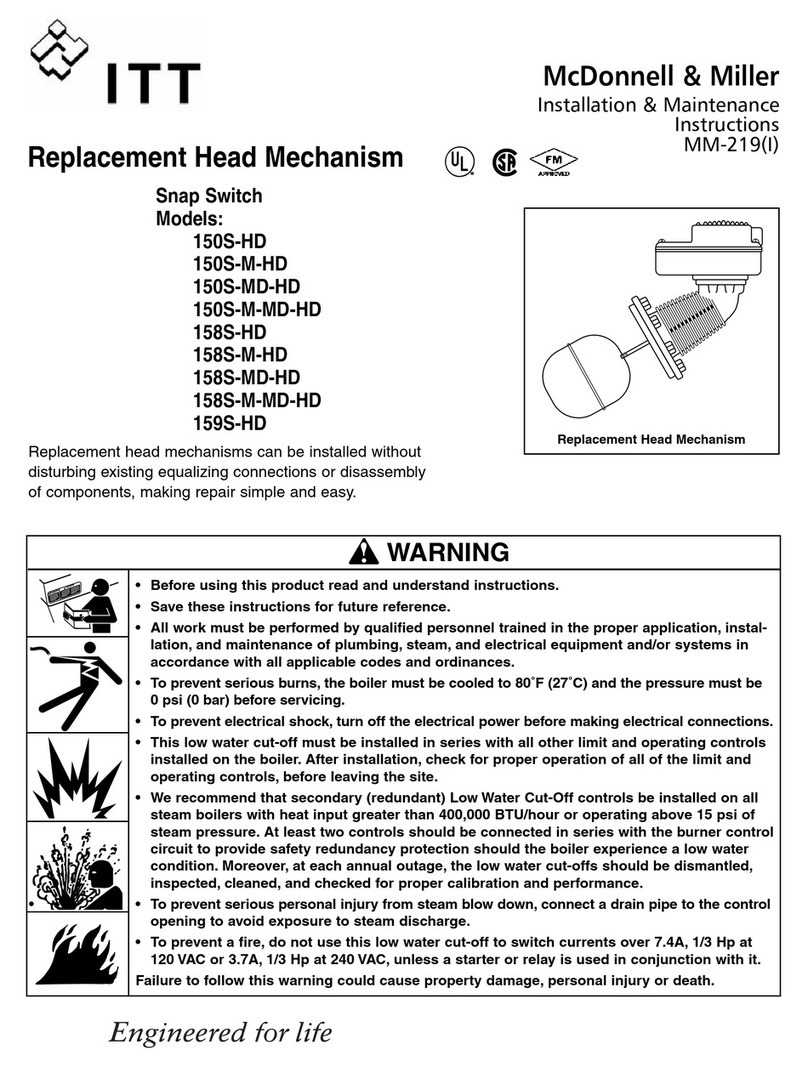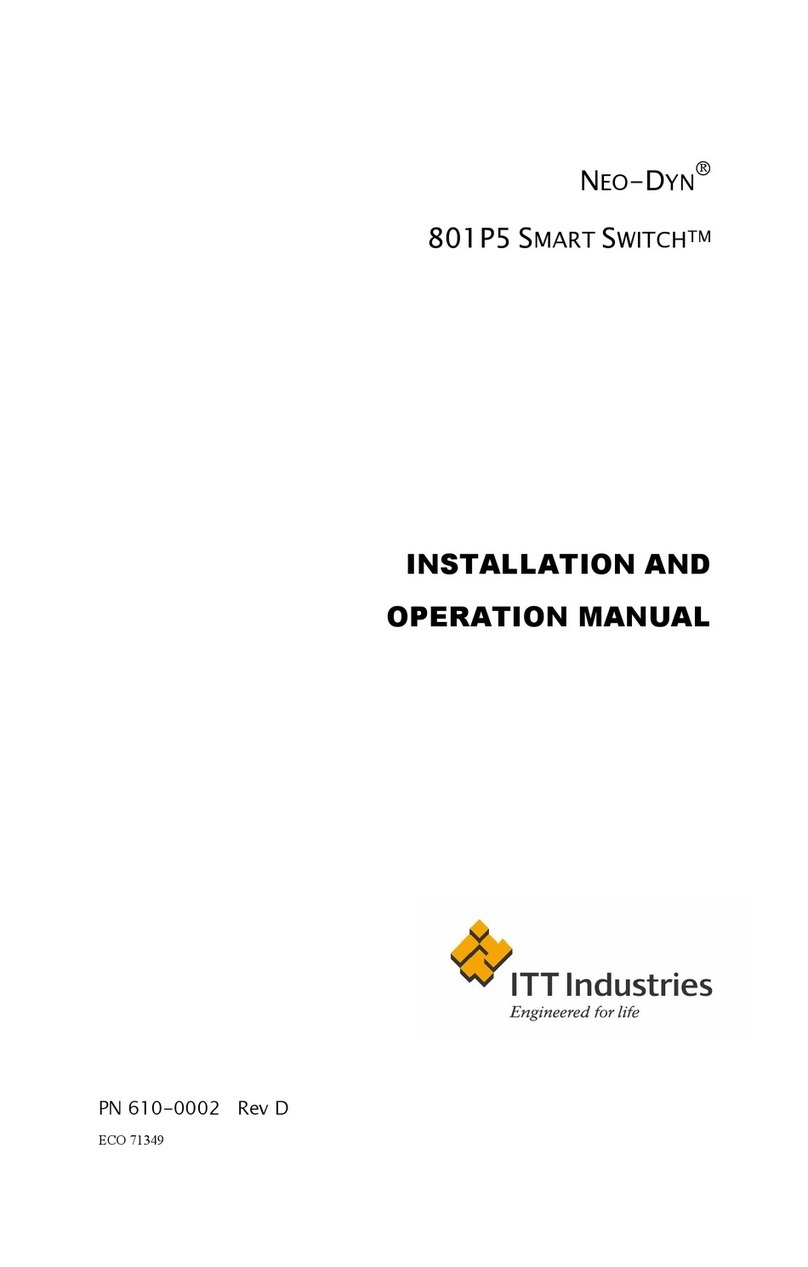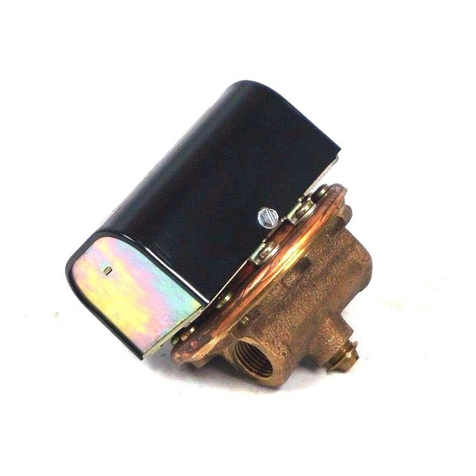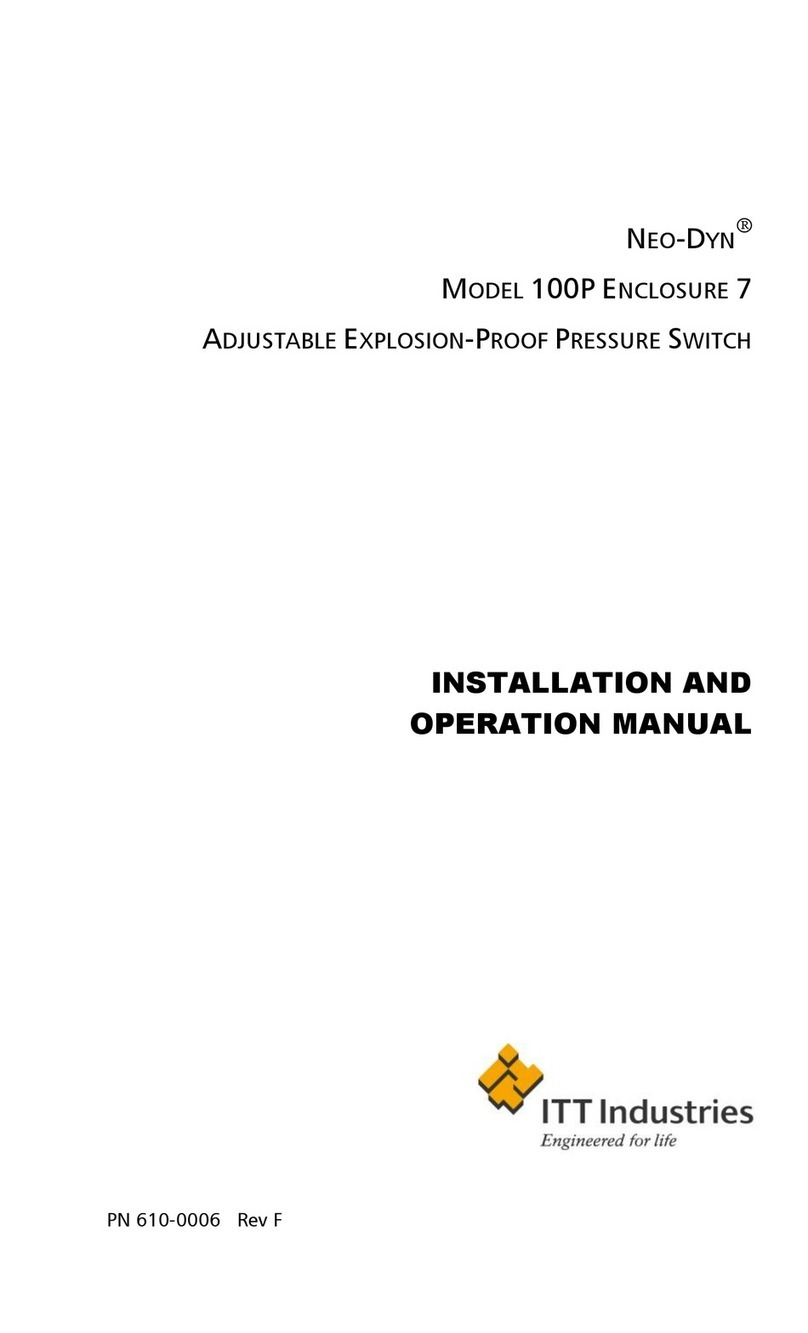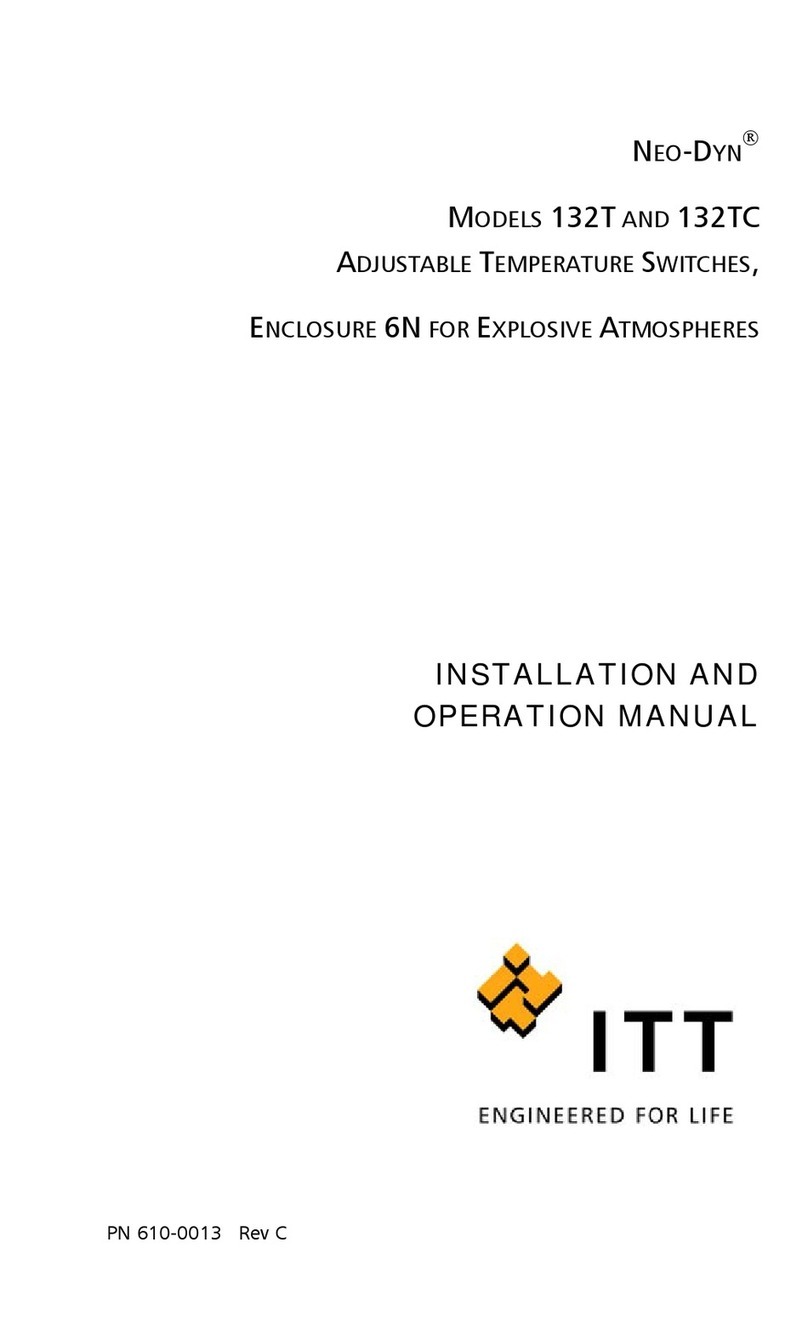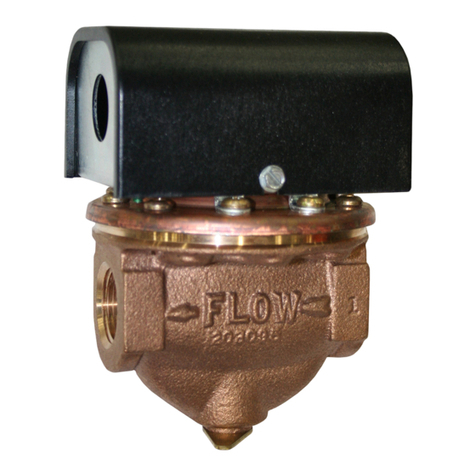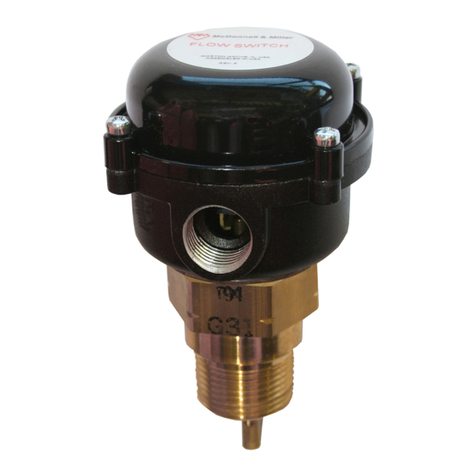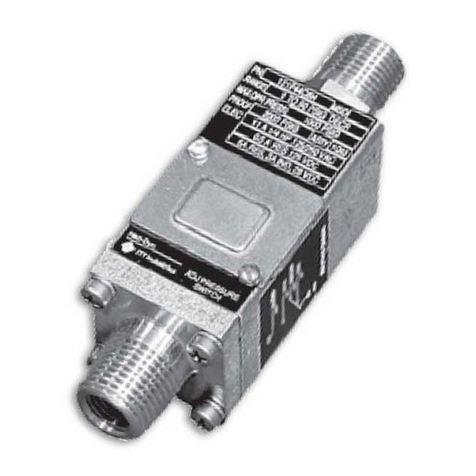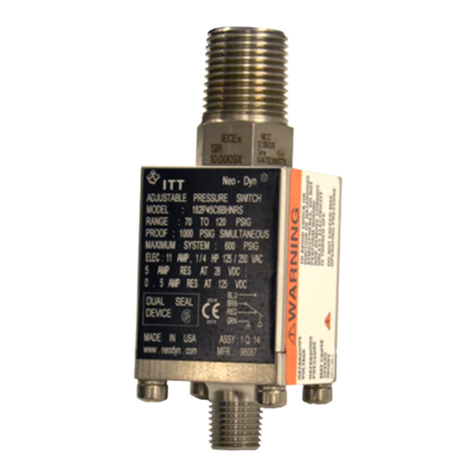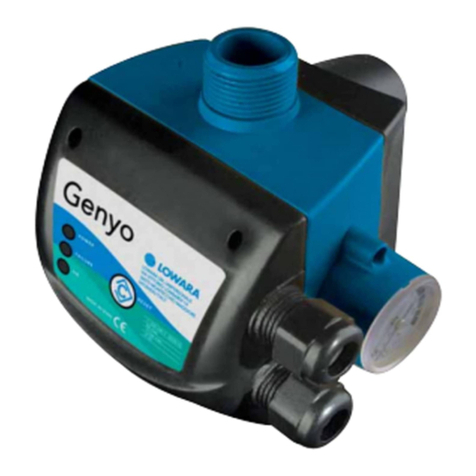
BARTON®NUCLEAR MODEL 581A
DIFFERENTIAL PRESSURE
SWITCH
User Manual
Part No. 9A-C10766, Rev. 01
October 2011
Model 581A-0
Contents
Safety............................................................................................................ 2
Section 1—Introduction................................................................................. 3
General ......................................................................................................... 3
Wiring ........................................................................................................ 5
Differential Pressure Unit .......................................................................... 5
............................................................................................... 6
General:..................................................................................................... 6
............................................................................... 6
......................................................................... 7
.............................................................................. 7
Section 2—Installation................................................................................... 9
Mounting/Piping/DPU Installation ................................................................. 9
Electrical Connection .................................................................................... 9
Switch Use.................................................................................................... 9
Startup ........................................................................................................ 10
Switch Wiring .............................................................................................. 10
Section 3—Maintenance and Calibration....................................................11
Tools.............................................................................................................11
Bezel/Lens Assembly or Cover Installation and Removal........................... 12
Pointer Installation and Removal ................................................................ 13
Pointer Installation .................................................................................. 13
Pointer Removal...................................................................................... 14
Scale Plate Installation and Removal ......................................................... 14
Indicator Calibration.................................................................................... 15
Drive Arm Tightness Test......................................................................... 17
Drive Arm Stop Adjustment ..................................................................... 17
Switch Calibration ..................................................................................... 17
Calibration Setup..................................................................................... 18
Linkage Calibration Procedure ............................................................... 18
Changing Switch Set Point ........................................................................ 20
................................................................................. 20
Best Practices for Set Points................................................................... 20
Changing Set Point of an In-Service Instrument ..................................... 20
Changing Set Point of an Out-of-Service Instrument .............................. 21
Range Changes ...................................................................................... 22
www.ittcontrols.com contact@ittcontrols.comwww.ittcontrols.com contact@ittcontrols.com
